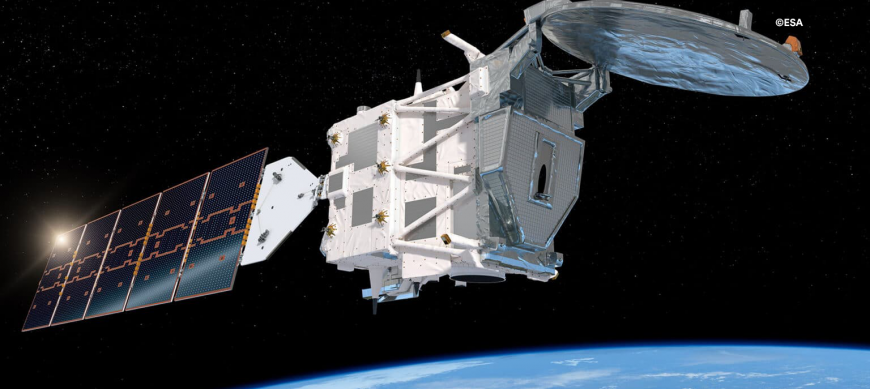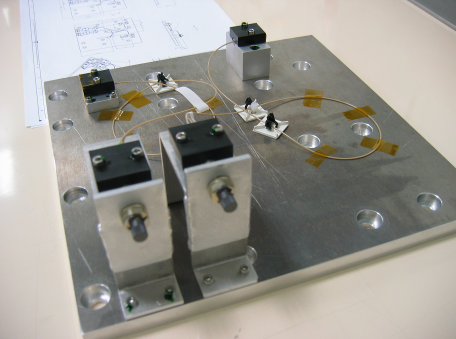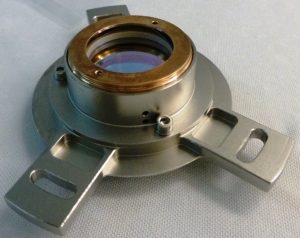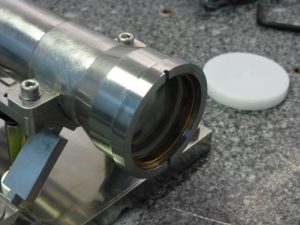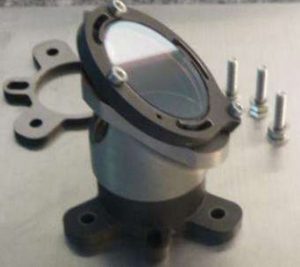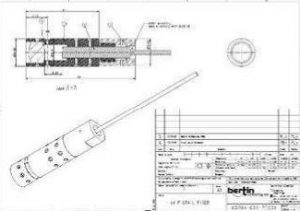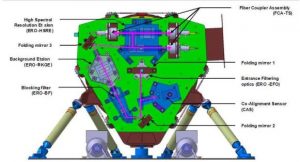On May 29, 2024 at 00:20 CEST, Space X’s Falcon 9 rocket lifted off from the Vandenberg Space Center in California (USA), carrying the EarthCARE satellite designed by the European Space Agency (ESA) in collaboration with its Japanese counterpart JAXA. For this mission, Bertin Technologies supplied 4 opto-mechanical subsystems for one of the satellite’s instruments, the ATLID high-spectral resolution atmospheric lidar.
The EarthCARE satellite carries four scientific instruments specifically designed for global observation of clouds, aerosols, solar and thermal radiation. The instruments – a cloud profiling radar, a multispectral imager, a broadband radiometer and an atmospheric lidar – work in a complementary way. EarthCARE’s objective is to quantify the interactions between these different elements, so that they can be properly integrated into numerical climate and weather models.
For this ambitious mission, Bertin Technologies has equipped ATLID, the ATmospheric LIDar dedicated to light detection and ranging, with 4 opto-mechanical systems:
- The Fiber Coupler Assembly (FCA), designed to collect the flow coming from the atmosphere and direct it to the final detectors.
- The Blocking Filter (BF), composed of 2 sub-assemblies:
o The Entrance Filtering Optic (EFO), which selects the wavelength and rejects the sun.
o The Blocking Filter (BF), which is a spatial and afocal filter.
- The Co-Alignment Sensor – Optical Assembly (CAS-OA), which verifies beam alignment with the ATLID detector. Its main function is to acquire the pointing direction of the return signal and align it with the Beam Steering Mechanism.
- Finally, Pig Tails UV and IR fiber optic connectors for a LIDAR ground qualification test bench.
This lidar will now measure the vertical profile of aerosols and fine clouds in the Earth’s atmosphere, including their altitude, thickness, optical properties, … It will operate at a wavelength of 355 nm, with a high spectral resolution receiver and a depolarization channel. The information gathered by ATLID will be essential for understanding the role of clouds and aerosols in the Earth’s energy balance.
Bertin Technologies, a specialist in ultra-stable instrumentation for the space sector, designed, developed, manufactured, tested and assembled all these on-board subsystems in Aix-en-Provence.
